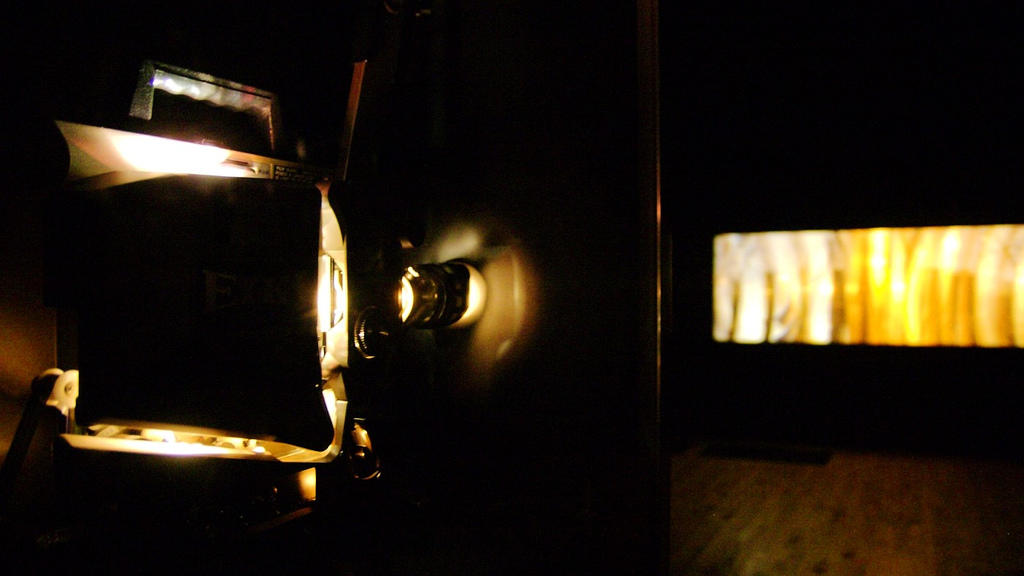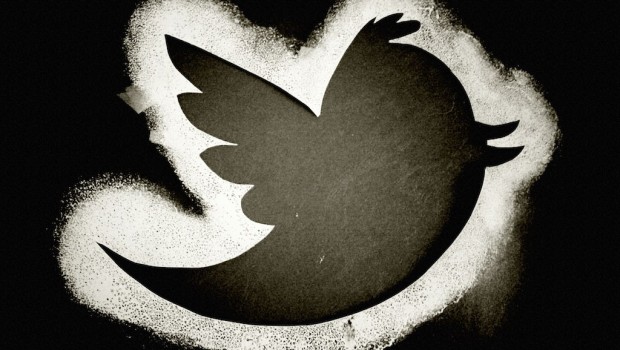Our old opinions about movies are changing. According to an online article Where did all the projectionists go? , the film projectionists are out of jobs. However, change is not stopping there. Now, when people go to the cinemas, and they decide to buy a ticket, there is another Q they like to dole out: Is it 3D?
According to Roy Taylor ‘s article 4 Reasons 3D movies aren’t just a fad, the following table provides an interesting picture.
The green boxes highlight 3D outperforming 2D on a per-screen basis.
More than 40 3D movies are expected to be released this year compared to 26 in 2010, according to MovieInsider. The competition for the 2D movies, however, does not stop there. Film festivals to promote 3D have started showing their presence, 3DFF being a prime example.
Maybe we all relate to the idea of Nuovo Cinema Paradiso in our own way but we can’t run from the fact: A new age of digital cameras is here.
So the real question is: Is this a blessing or a curse?
This summer, Christopher Nolan made the final movie of his Batman trilogy: The Dark Knight Rises. It was ranked 8th in the IMDb Top 250 list and above Star Wars: Episode V. If you saw it, you would agree it was not 3D but a regular film. Its just not Nolan, there many directors or cinematographers advocating to bring the focus back on the traditional movies. Action director “Mr Michael Bay” is one such advocate.
Oscar winner James Cameron, on the other hand, has always tried to bring new technology into his films, going as far as to invent it. So it was no surprise when one of his greatest movies, Titanic, hit the screens again this summer with the added incentive of 3D. This winter will see Peter Jackson, director of The Lord of The Rings trilogy, foray into this domain with his new venture, The Hobbit.
Different pioneers have different opinions on the pros and cons of this new age for films.
Dailies
The first viewing of a day’s shooting.
The ones who love the art of making a film tend to say that the most exciting part is the first time you get see the dailies. Only the director of photography has a ‘vague’ idea. No one else really knows what to expect, not even the director. It is when everyone gets together to watch the dailies that they go WOW. That moment is important and almost irreplaceable for some filmmakers. The unexpected happiness of viewing a successful daily is what keeps them going.
However,the supporters of digital medium argue that dailies are unpredictable. Sometimes they are good, sometime they are amazing, but sometimes they are far from expected; they are downright awful. Focus is bad or the actors’ performances look fake. Directors have to regroup and reshoot the whole thing, which can be depressing. Thus, dailies are not only exciting for some, they also have the power to make people nervous. The directors are constantly hoping they captured the right scene and the actors are concerned about their acting.
Quality of Image
The kind of quality one gets with the digital technology is the most important reason for those who love these films. It has the advantage of presenting the real colours. They are real, smooth and tender in a way. On the other hand, some filmmakers actually adapt the poor quality to add character to the movie. For instance, mockumentary. It makes such films more convincing.
Size of Camera
Most movies are produced for big screens, so some filmmakers argue that a look on a small monitor of a digital camera is not enough. It is hard to detect problems from such a small image. However, there are some who love this exact feature. The small cameras have allowed more opportunities to make a different kind of movie. People can take it to the places, a large camera could never reach before. Also, as David Lynch said, he could talk to the actors simultaneously when they were shooting Inland Empire, a film he made using only a Sony DSR-PD150.
Everybody can do it
It can be frustrating for a filmmaker to field constant opinions from many amateurs on a set. After all, everyone has some idea on how to shoot a film. In the past, the same was said only for writers. Not everyone had the capacity to become a director. Now the situation is totally different. Digital technology has opened the door for such aspiring filmmakers.You have a great idea. Go for it. Maybe it is the next Shawshank Redemption, as long as you are creative.
So, where does that leave us?
This whole digital improvement in the film-making should not be seen as a war against film. Technology is to help us, not Jedi mind-trick us. Digital shooting and post-production has simply added another field to play in while making a film. This is not the only road available. Filmmakers can always choose their own path while indulging in their art. The love for movies is all about the love of a new world you can indulge in, the love of a creative mind, the love of experiencing some universal feelings. How one travels through that journey, what tools are used, is not that important.
This is a new age for films because of the new ways being explored to make each movie a great one. You step through those heavy doors and enter that space, where in an instant the atmosphere transforms. A hush falls around, lights fade out and the screen flickers. You grip the arm rests and brace yourself for the unveiling of a wonderful work. That is the true excitement for a movie buff. As Georges Méliès says, “If you ever wonder where your dreams come from, look around: this is where they’re made. Come, and dream with me.” Truer words have not been said for a filmmaker. They are all constantly working to expand this dreamscape and technology is playing its small part in it.
As Hugo‘s father puts it, “Films have the power to capture dreams.”








